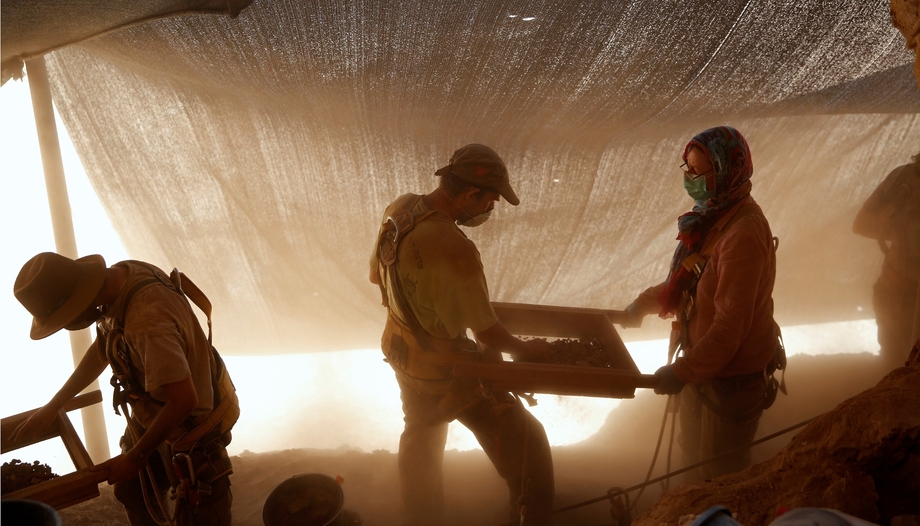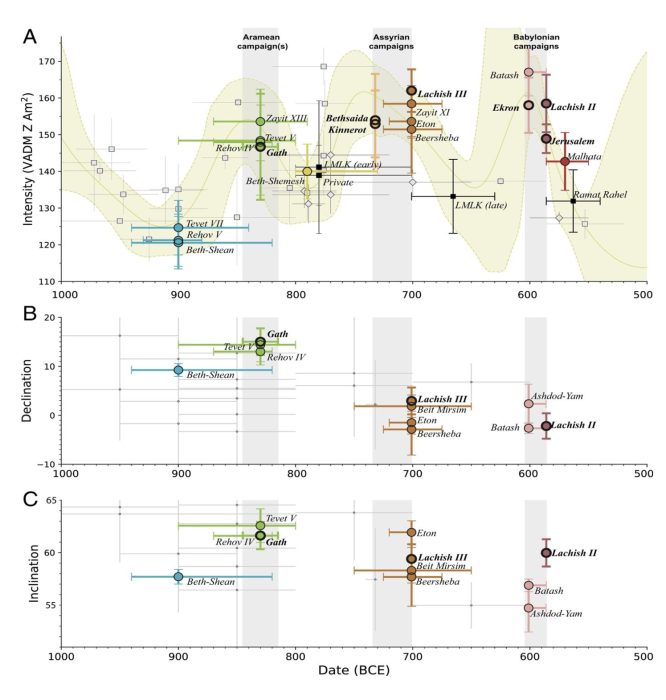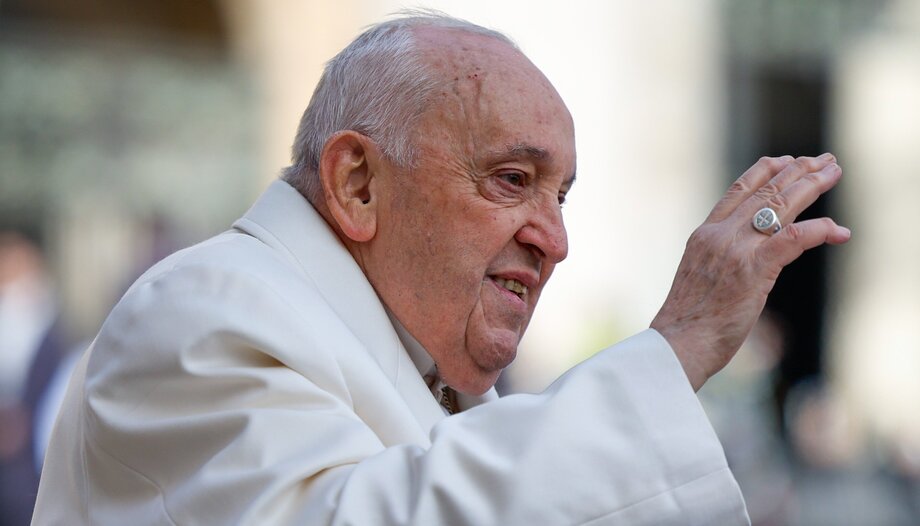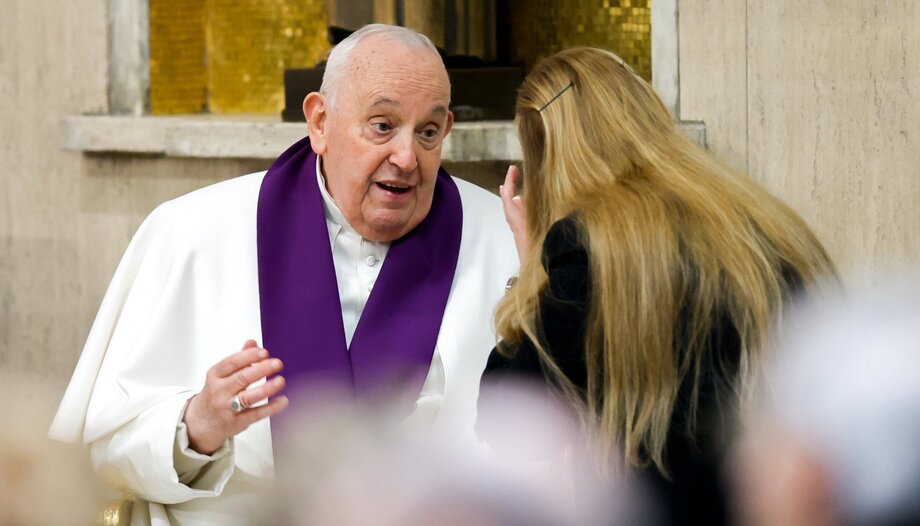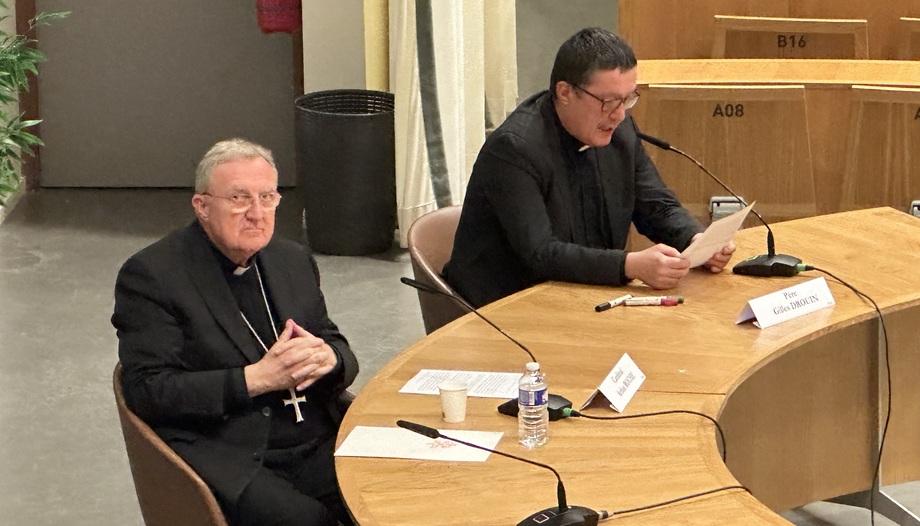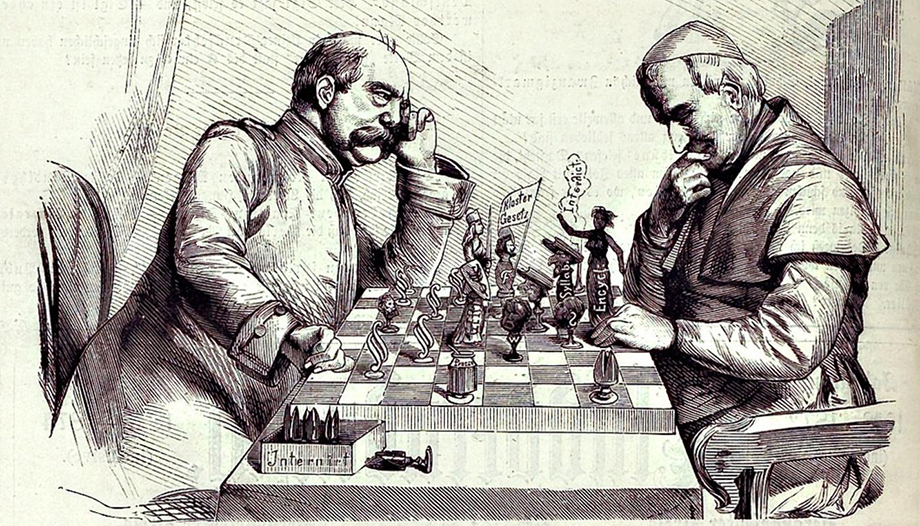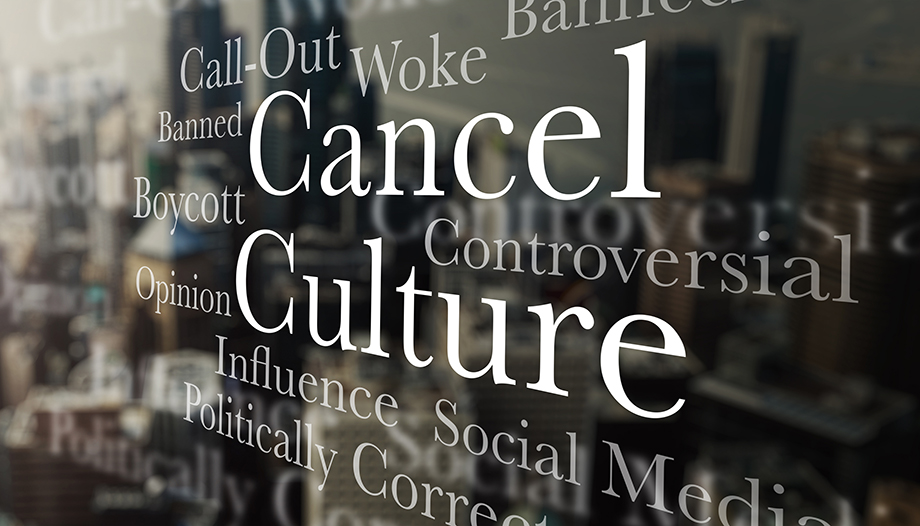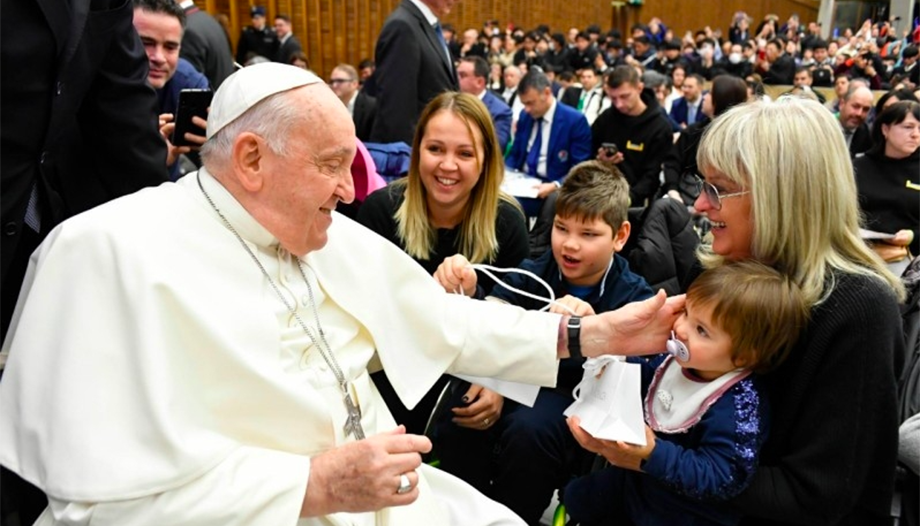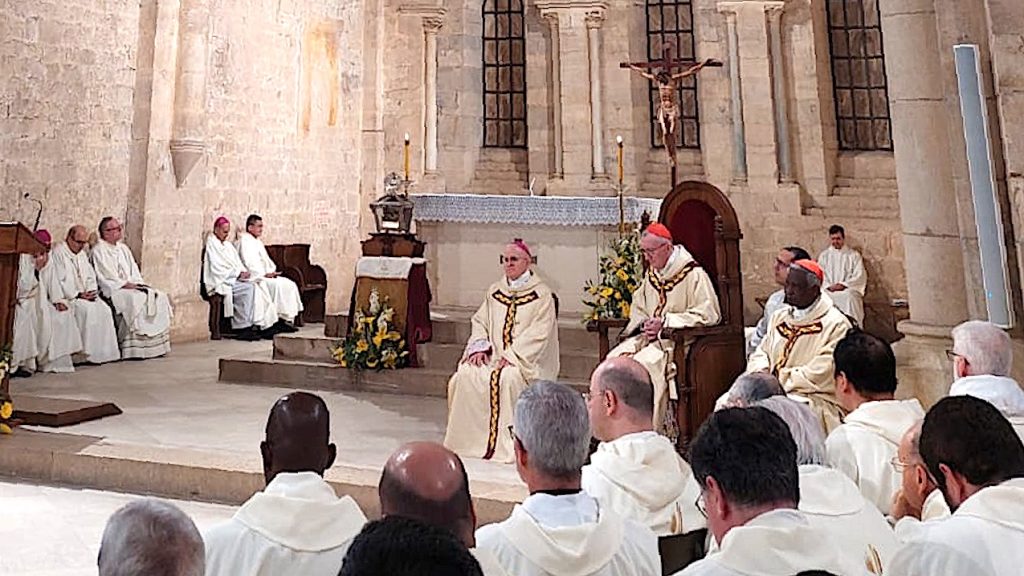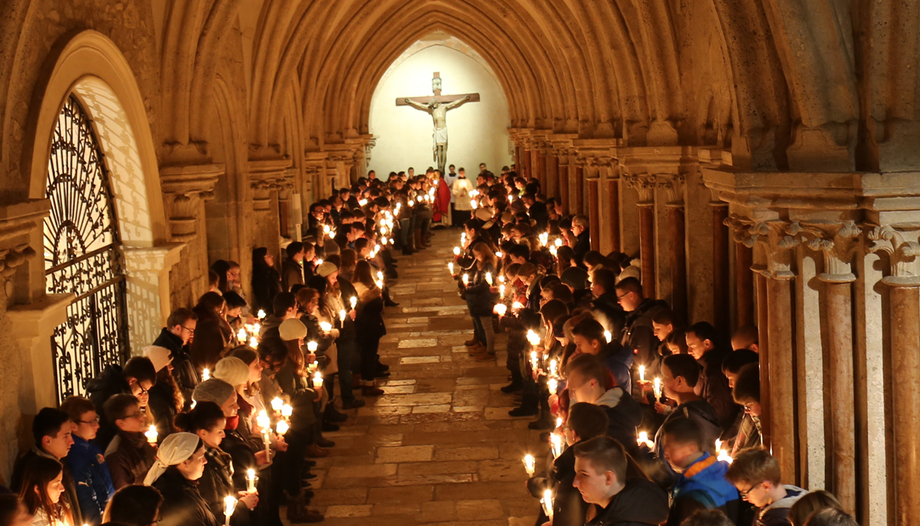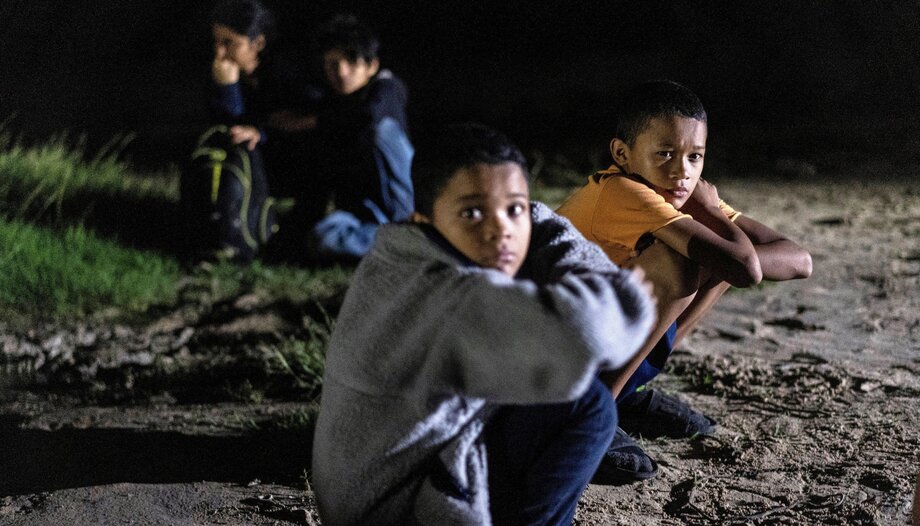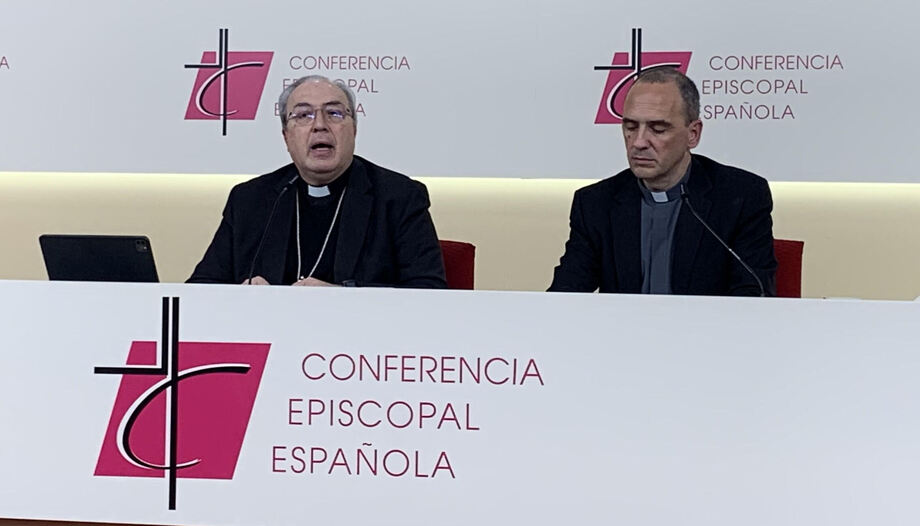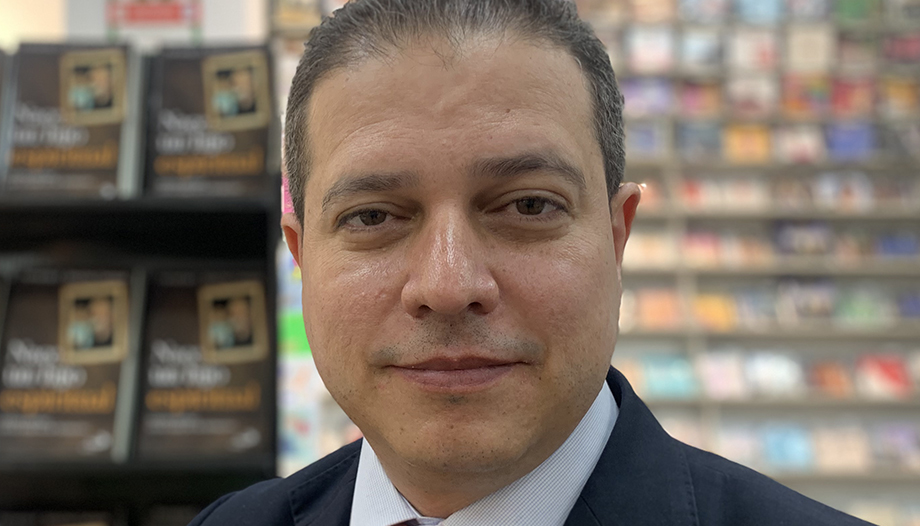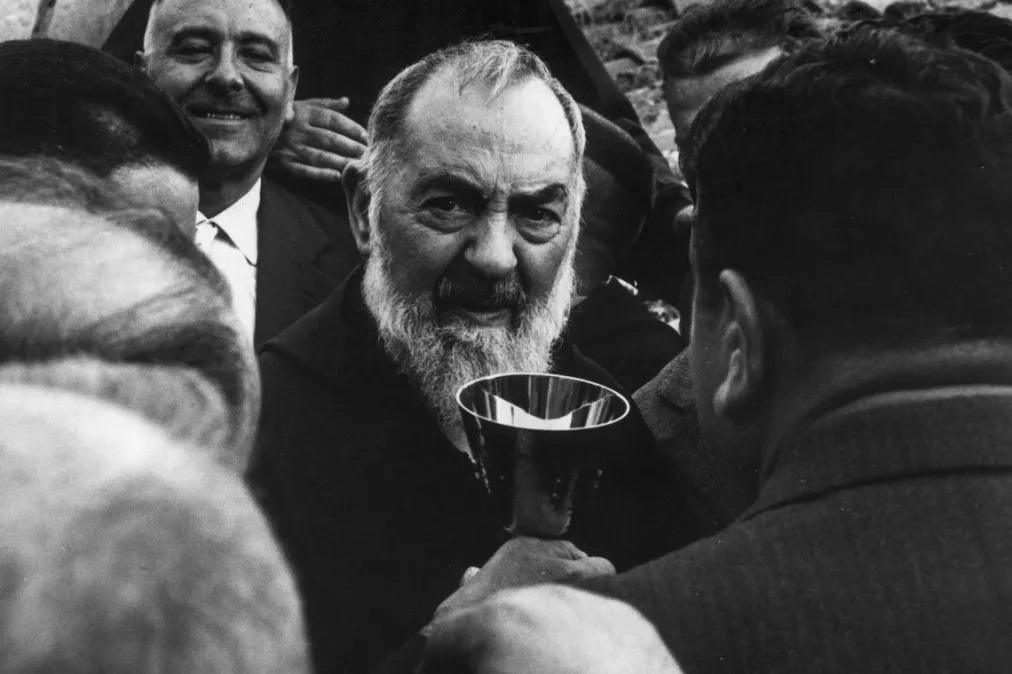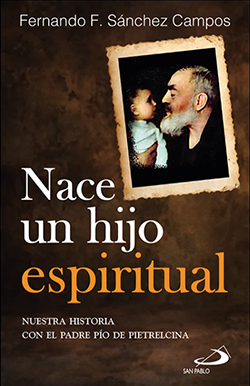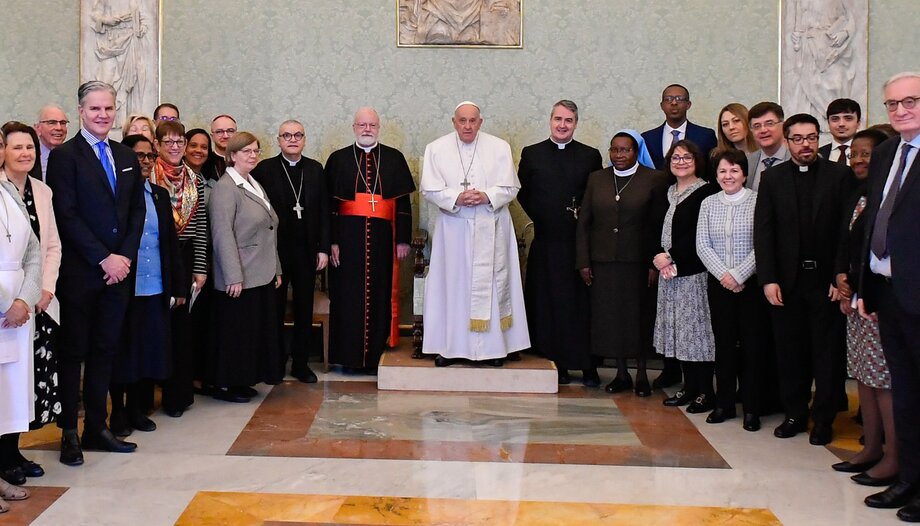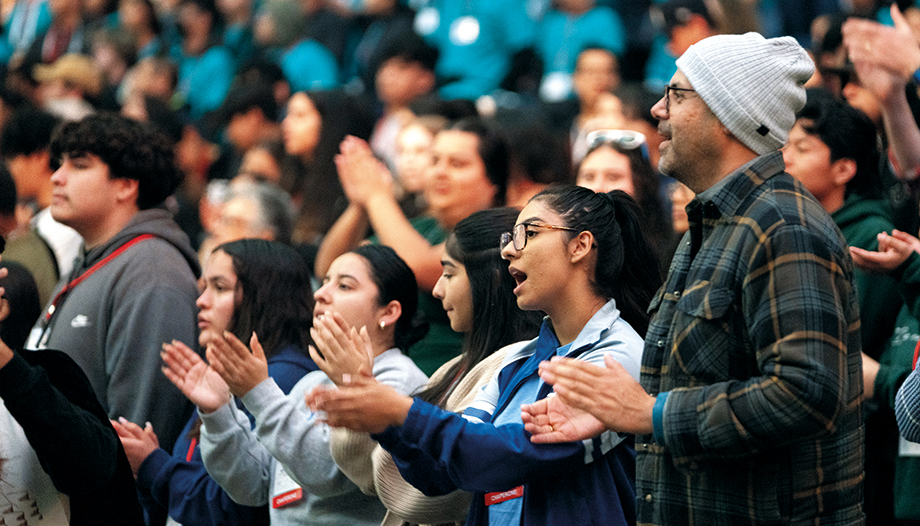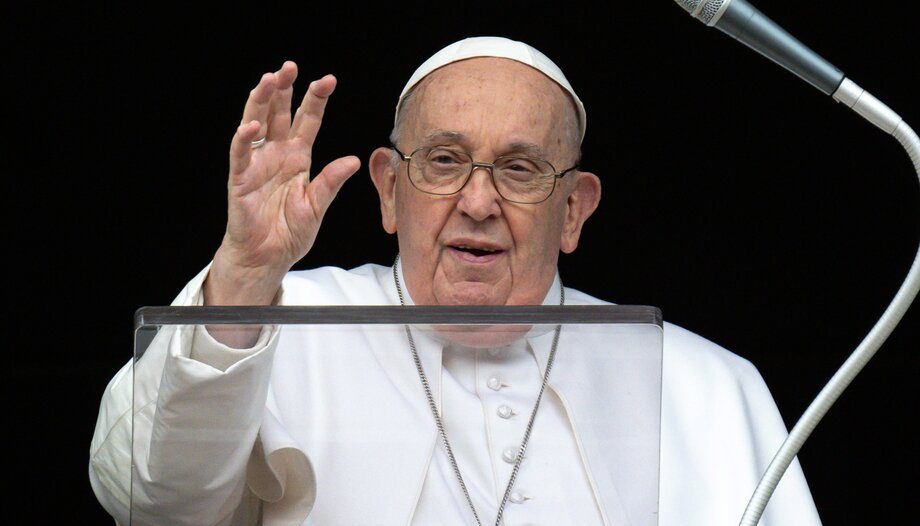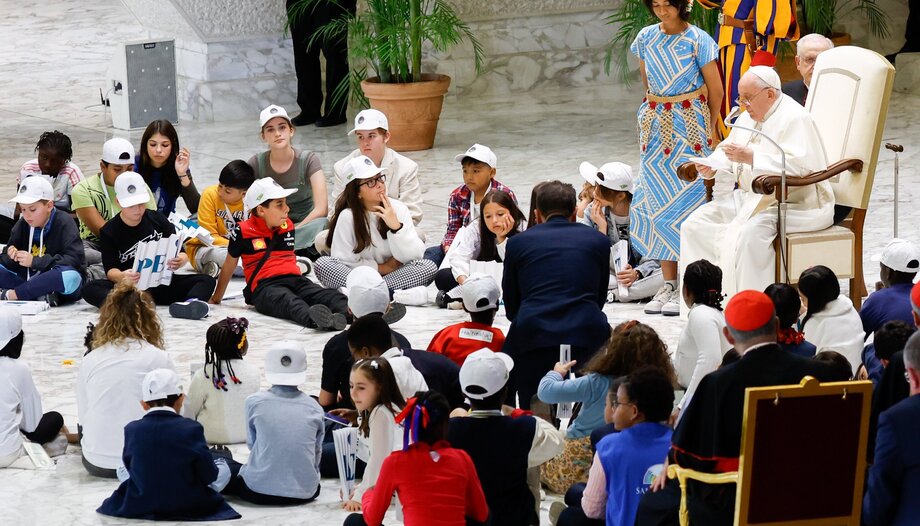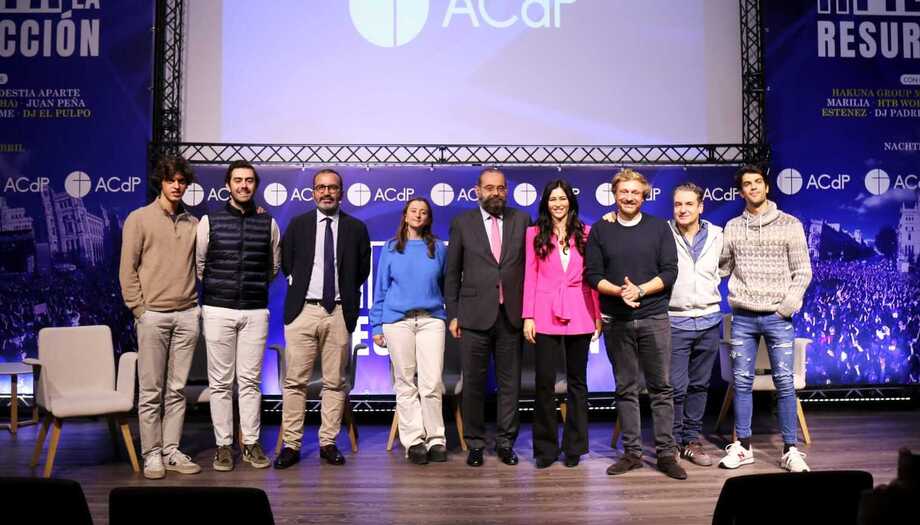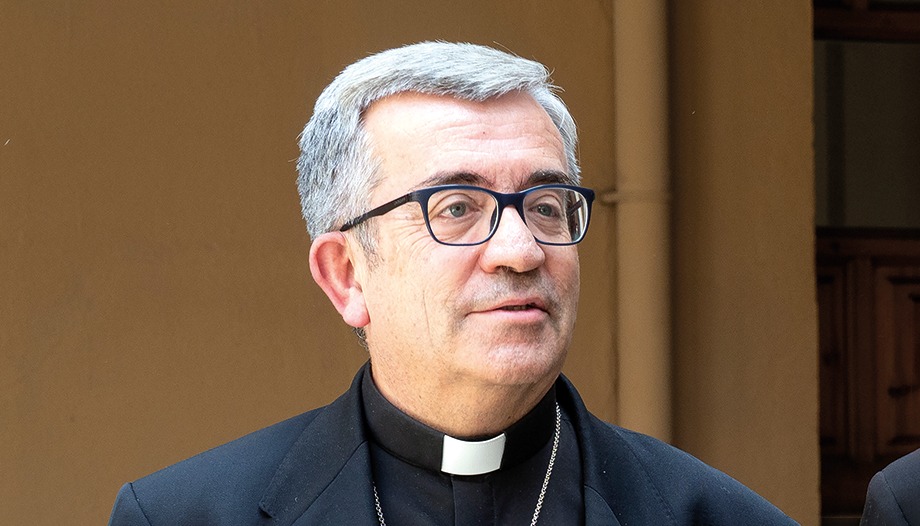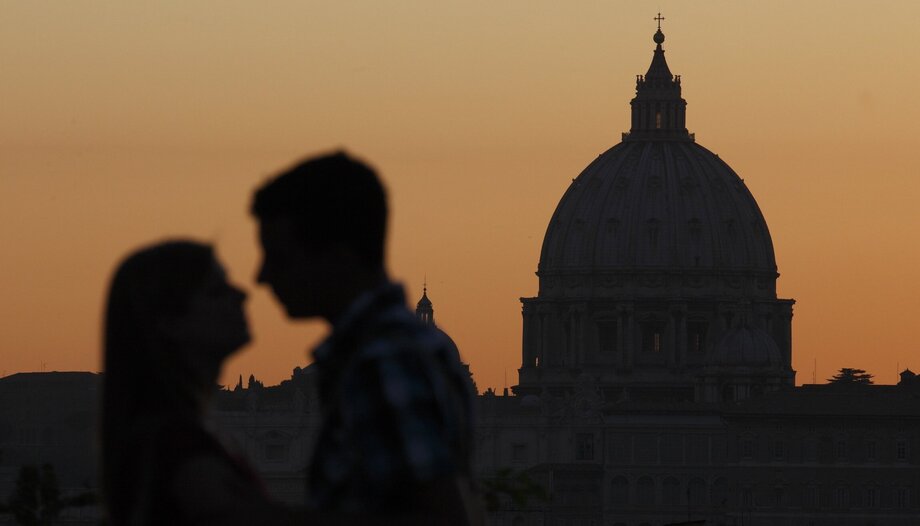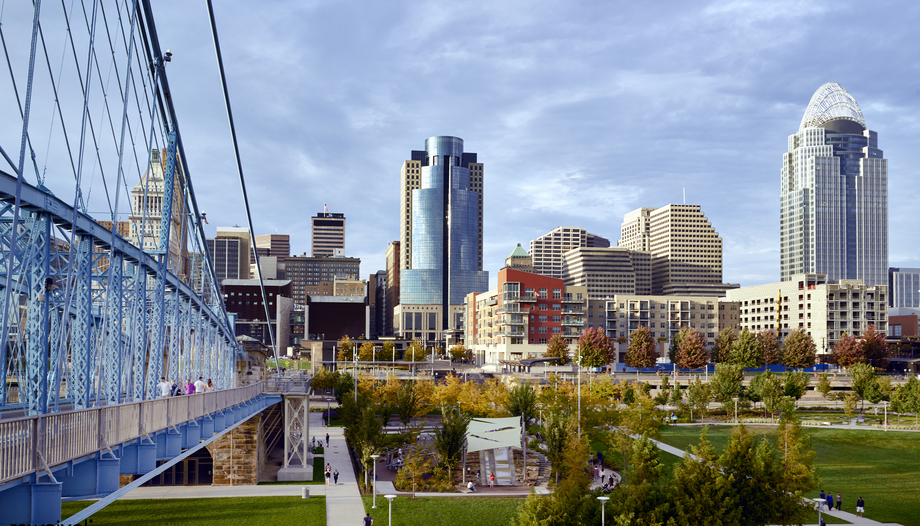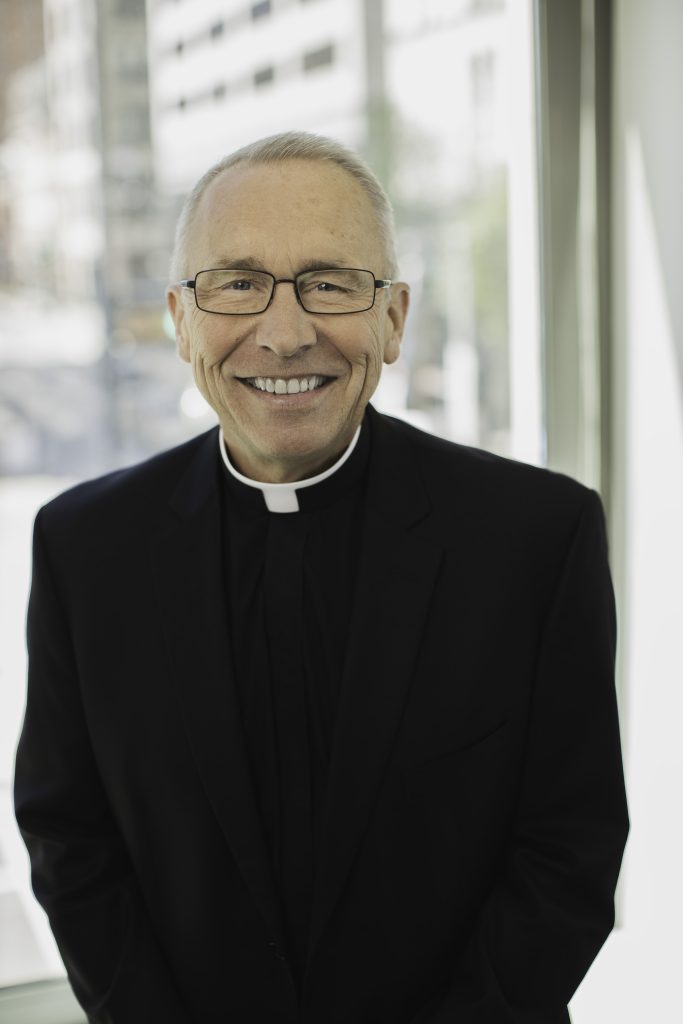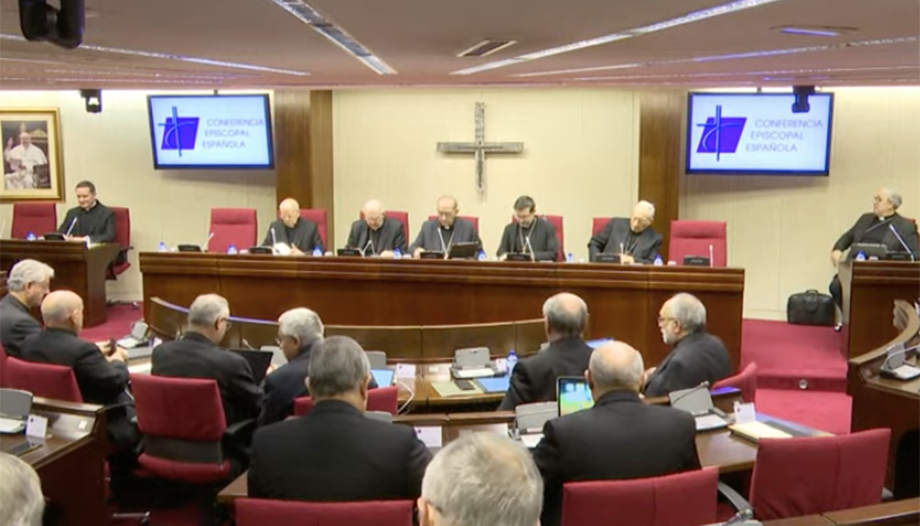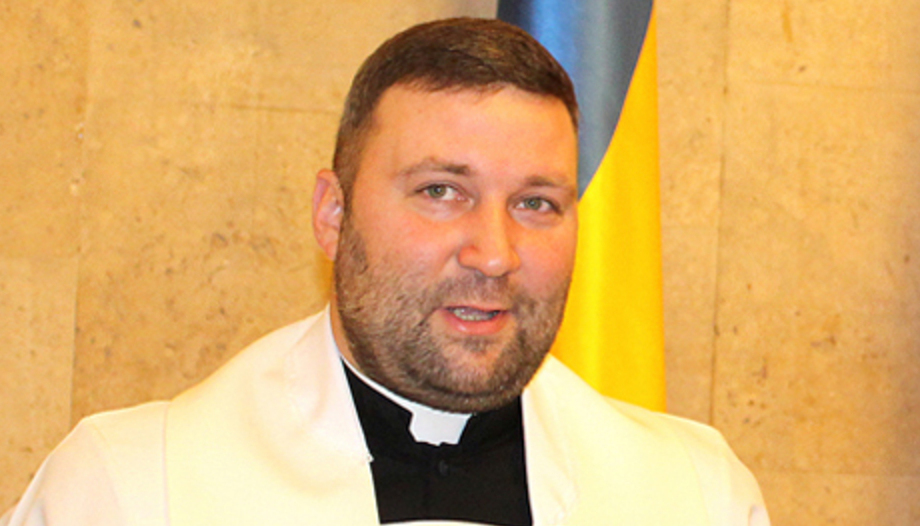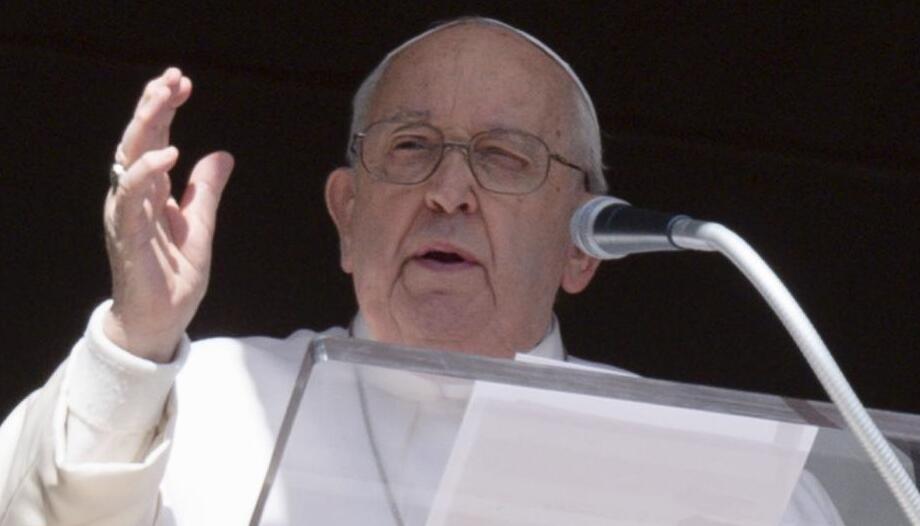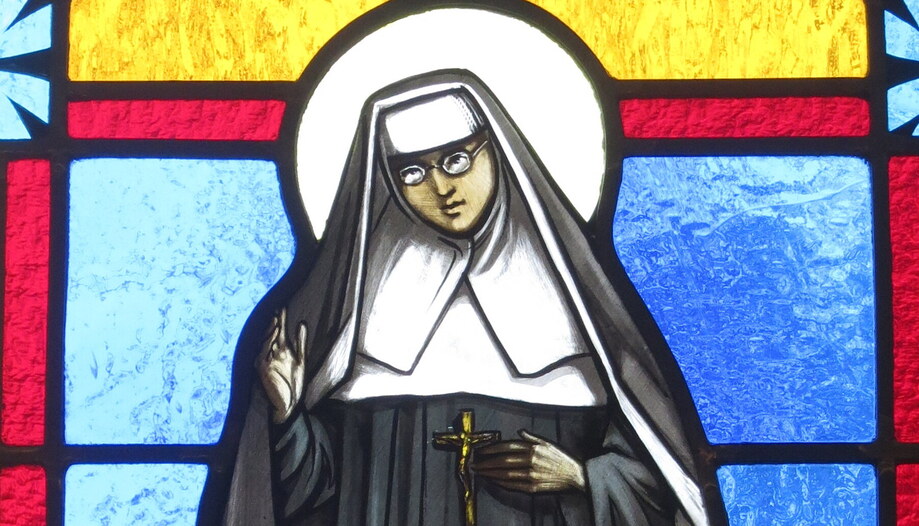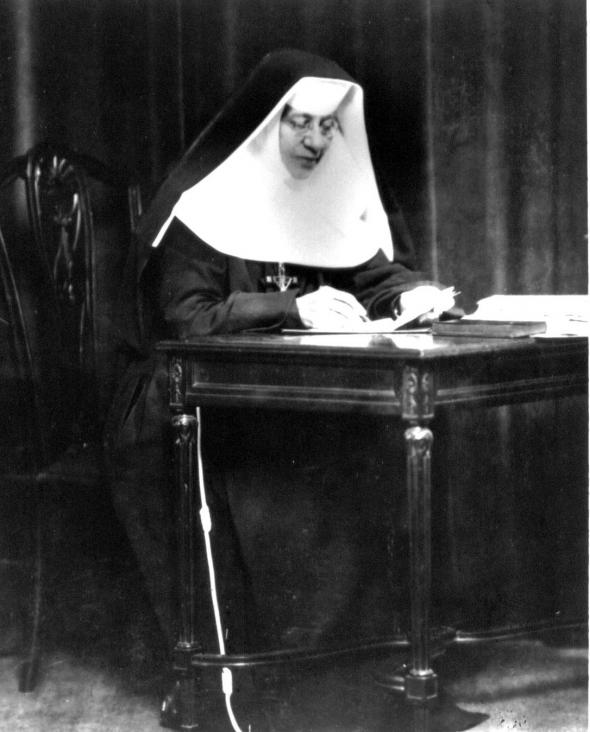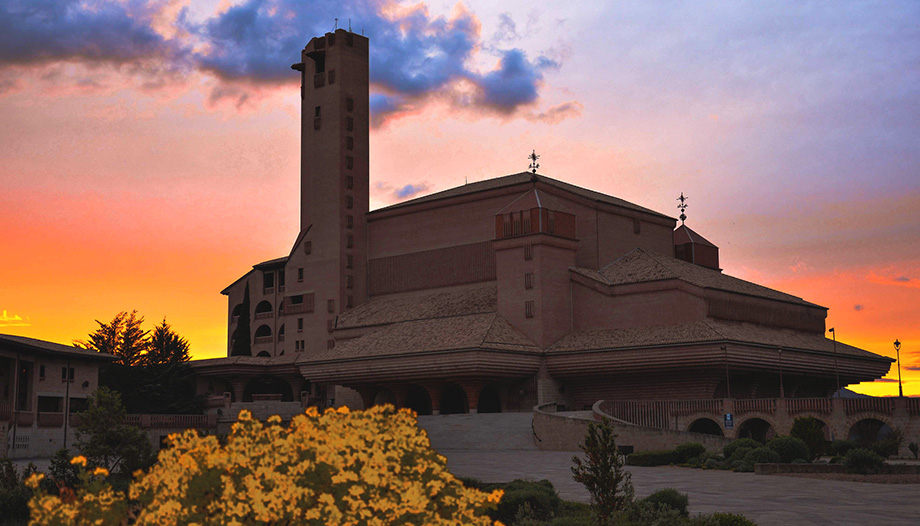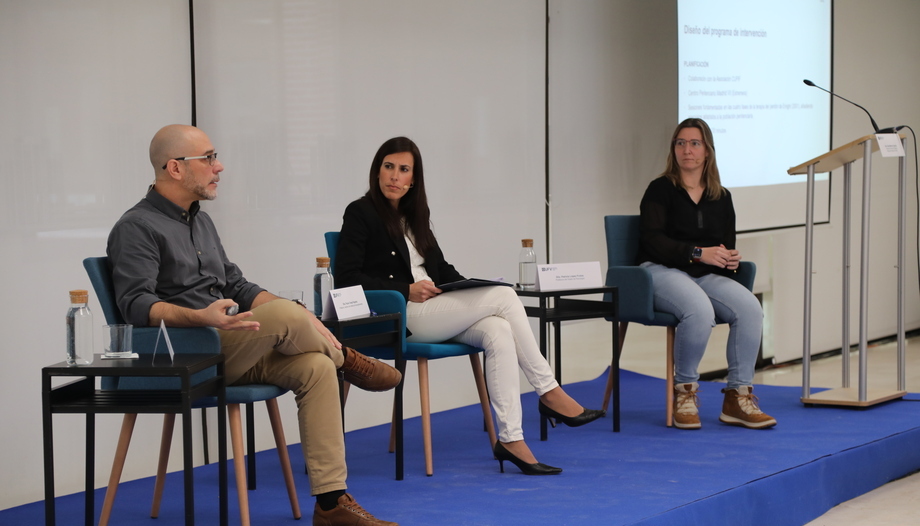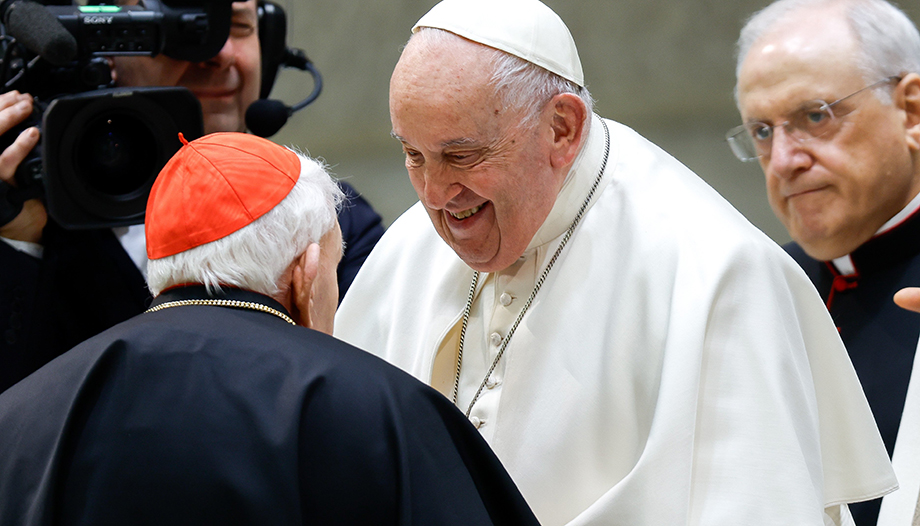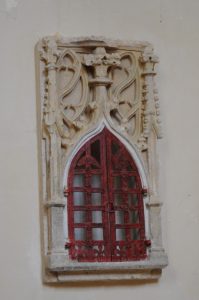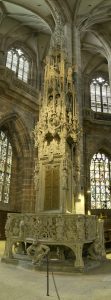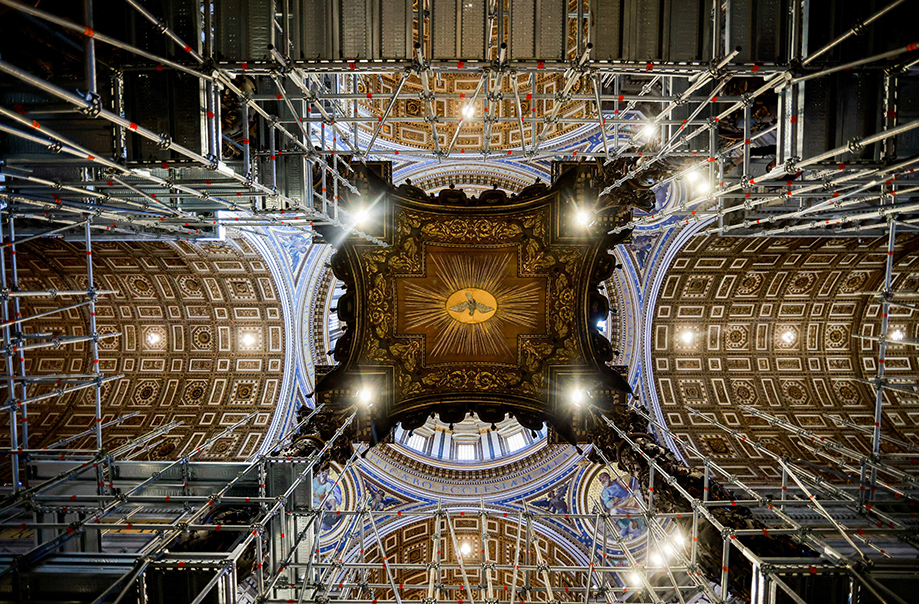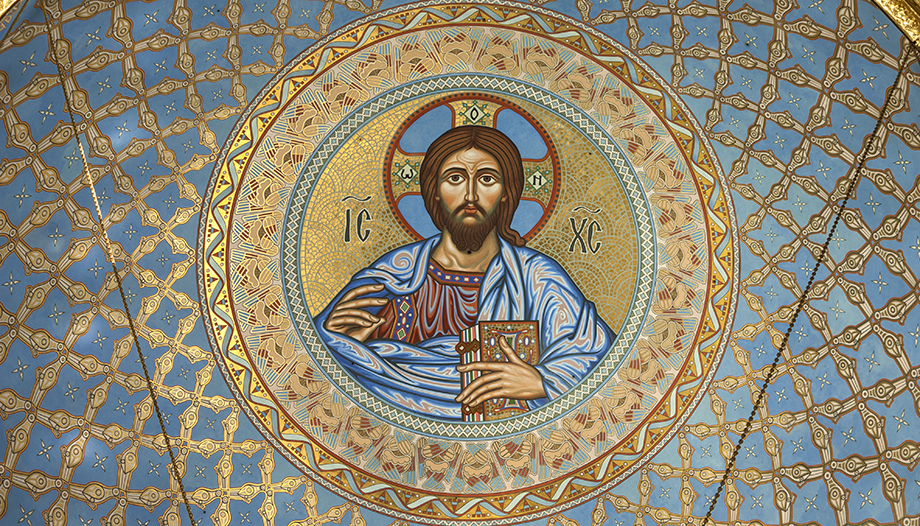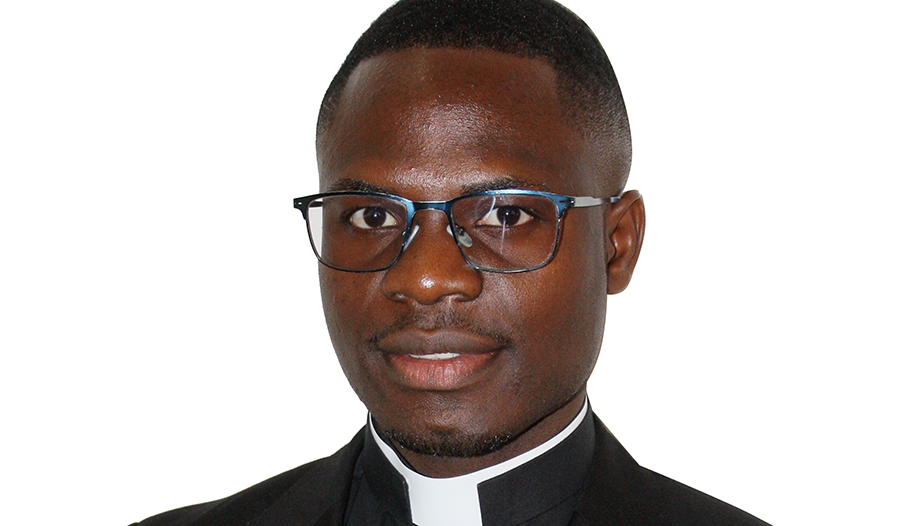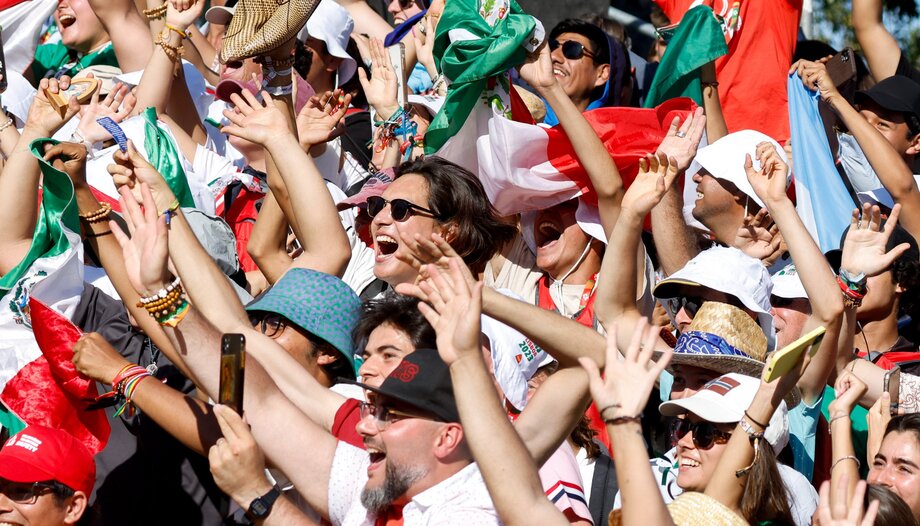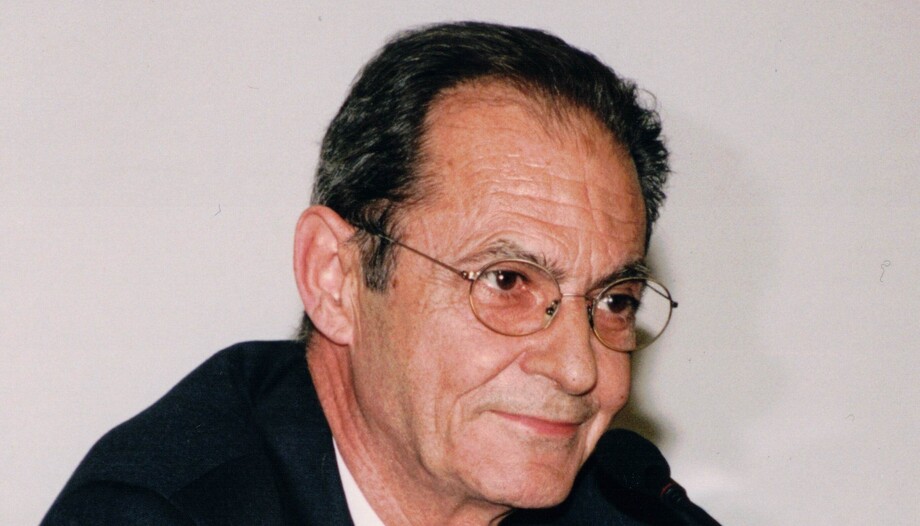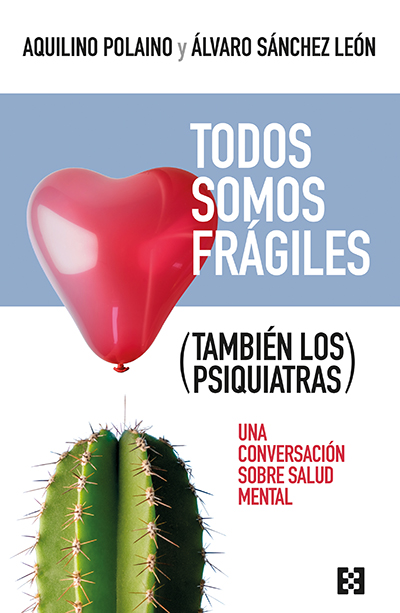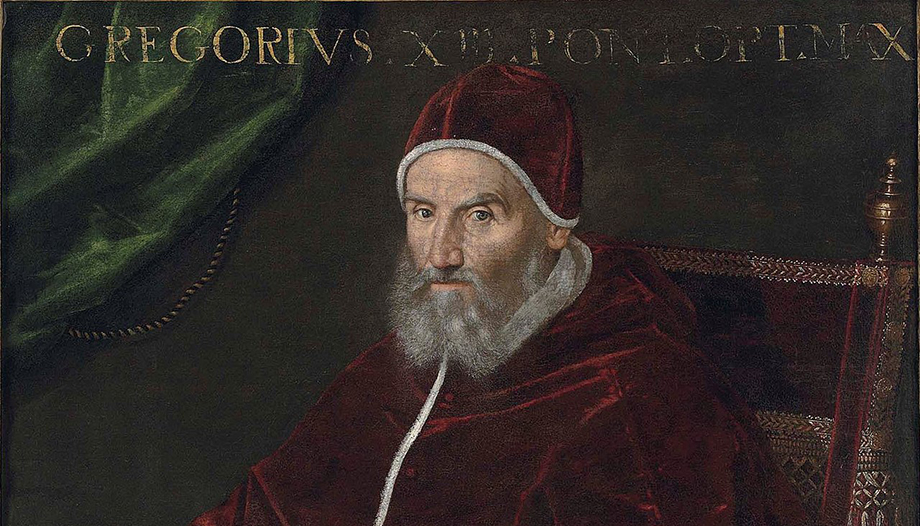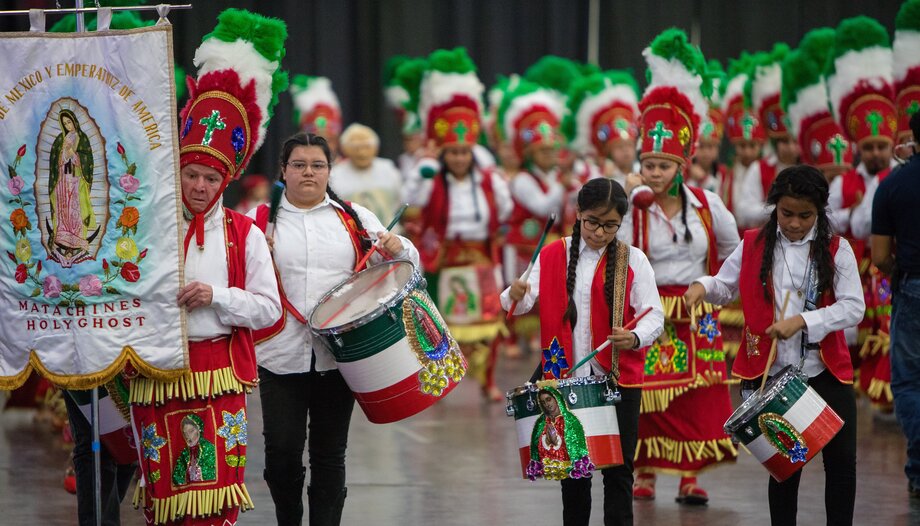In the face of technological development, which includes the fake news and the deepfakes, how can we remain fully human and remain free?
How can true wisdom be attained? How can human dignity be guaranteed? These are questions that are being asked with renewed formats in our days.
This month we have selected three of the Pope's teachings: his message for the World Communications Day-2024His address to the Dicastery for the Doctrine of the Faith; and his message for Lent. Seemingly disparate topics, but the red thread is the life and mission of Christians, and their fascinating task, also in our changing world.
Artificial intelligence, wisdom and communication
The theme of the Message for the 58th World Communications Day (24-I-2024) is: "Artificial intelligence and wisdom of the heart for fully human communication.". It raises, as the Pope points out, "how we can remain fully human and steer the ongoing cultural change for the good". We must not, he advises, allow ourselves to be carried away by catastrophic predictions about the future, but, as Guardini prophetically said in 1927, we must remain "sensitive to the pain produced by the destruction and inhumane behavior contained in this new world."and promote "that a new humanity of deep spirituality, of a new freedom and a new inner life may arise." (Letters from Lake Como, Pamplona 2013, 101-104).
In continuity with the messages of the previous World Communications Day (2021-2023), Francis proposes that, in this age that risks being rich in technology and poor in communication, we must start our reflection from the wisdom of the human heart. Here the term heart is used in the biblical sense, as the seat of freedom and of the important decisions of life. "The wisdom of the heart is, then, that virtue that allows us to interweave the whole and the parts, the decisions and their consequences, the capacities and the frailties, the past and the future, the I and the we.". It may seem, and it is, difficult to achieve, but, the Pope adds, "it is precisely wisdom - whose Latin root sapere is related to taste - that gives taste to life.".
At the same time, he warns that we cannot expect wisdom from machines, and specifically from Artificial Intelligence (AI). As its original scientific name expresses, machine learningmachines can "learn" in the sense of storing and correlating data, but it is only man that can give them their meaning.
Hence, like everything else in the hands of man, AI is both an opportunity and a danger in the hands of man, if he does not overcome "the original temptation to become like God without God." (cf. Gen 3). This is not only a risk, but also the danger into which man has fallen by wanting to "...".to conquer by one's own strength what should instead be taken as a gift from God and lived in relationship with others.". For this reason, says the successor of Peter, it is necessary to "to awaken man from the hypnosis into which he has fallen due to his delirium of omnipotence, believing himself to be a totally autonomous and self-referential subject, separated from all social ties and alien to his creatureliness.".
These statements are not generalities. In fact, from the first phase of AI, that of social media, to algorithms, we are experiencing that"every technical extension of man can be an instrument of loving service or of hostile domination". The fake news y deepfakeswith the manipulation and simulation they entail are clear examples.
For an ethical regulation of AI
What does the Pope propose? He proposes, in the first place, to act preventively, encouraging "ethical regulation to curb the harmful and discriminatory, socially unjust implications of artificial intelligence systems and to counteract their use in the reduction of pluralism, the polarization of public opinion or the construction of a single way of thinking.".
Thus, it renews its appeal by urging "the community of nations to work together to adopt a binding international treaty to regulate the development and use of artificial intelligence in its many forms"(Message for the 57th World Day of Peace, January 1, 2024, 8).
Secondly, he proposes to grow in humanity, without being reduced to a world where the personal becomes mere data for the benefit of a few: of the market or of power. And to this end, he praises the figure of good journalism, which is capable of communicating reality, so that "... we are able to communicate the truth.returns to every human being the role of subject, with critical capacity, with respect to the same communication.".
Therefore, he believes it is necessary to "protect the professionalism and dignity of communication and information workers, along with that of users around the world". In addition, it asks to guarantee ethical criteria in information, respect and transparency of authorship and sources, so that pluralism is preserved and the complexity of reality is represented, making the information "...".sustainable"and at the same time "available at"for all.
On this question, the Pope affirms, "on the one hand, the specter of a new slavery looms, on the other, a conquest of freedom.". It is up to us to nourish the heart with freedom, without which there is no wisdom.
Sacraments, dignity and faith
In his address to the Plenary Assembly of the Dicastery for the Doctrine of the Faith on January 26, he reminded them of their role under the terms of the Apostolic Constitution Praedicate Evangelium (2022): "To assist the Roman Pontiff and the bishops in proclaiming the Gospel throughout the world, promoting and safeguarding the integrity of Catholic doctrine on faith and morals, on the basis of the deposit of faith and also seeking an ever deeper understanding of it in the face of new questions." (art. 69).
Pope Francis has confirmed the commitment of the Dicastery "in the field of the intelligence of faith in the face of the epochal change that characterizes our time". And in this direction he offered them orientations for their task around three words: sacraments, dignity and faith.
In the first place, the sacraments, a topic on which the Dicastery has recently been working (cf. Gestis verbisque on the Validity of the Sacraments, 31-I-2024; cf. Francis, Address to the Plenary of the Dicastery for Divine Worship and the Discipline of the Sacraments, 31-I-2024; cf., 8-II-2024).
The Bishop of Rome now points out: "Through the sacraments, believers become capable of prophecy and witness. And our times need with particular urgency prophets of new life and witnesses of charity: let us therefore love and make others love the beauty and saving power of the sacraments!"
Second, dignity. This dicastery is also working on a document on human dignity. For this reason, he encouraged them to be "close to all those who, without proclamations, in the concrete life of each day, fight and pay in person to defend the rights of those who do not count." (Angelus, 10-X-2023). In this way, "in the face of various and current forms of eliminating or ignoring others, let us be capable of reacting with a new dream of fraternity and social friendship that does not remain in words". (enc. Fratelli tutti, 6).
Finally, faith. In the context of the tenth anniversary of the Evangelii gaudium and the approaching Jubilee of 2025, Francis recalled the words of Benedict XVI when he noted that, often among Christians today, faith no longer appears as a presupposition of common life, and is even frequently denied (cfr. Porta fidei, 2).
For this reason, Pope Francis pointed out, it is time to reflect on some issues: "the proclamation and communication of the faith in today's world, especially in relation to the younger generations; the missionary conversion of ecclesial structures and pastoral agents; the new urban cultures with their load of challenges, but also of unprecedented questions of meaning; finally, and above all, the centrality of the 'kerygma'.’ in the life and mission of the Church".
Lent: a time of freedom
Finally, it is worth mentioning this year's Lenten message for the year 2024 (published in December of last year): "Through the wilderness God leads us to freedom". The desert represents here the path of grace in which we can discover or rediscover God's love for us, and thus open ourselves to a truer and fuller freedom.
The condition for this, the Pope points out in his message, is ".want to see reality". Just as God sees all things and hears all things (cf. Ex 3:7-8), so we must listen to the cries of so many of our brothers and sisters in need.
The obstacle that Francis points out, with reference to what happened during the pilgrimage of the chosen people through the desert, is striking: the longing for slavery, linked to a lack of hope.
Indeed, it is an astonishing and strange longing, which can only be explained by the egocentric tendency of sin -which leads to idolatry-, the search for security at all costs, the tendency to self-preservation and the recourse to idols.
"Otherwise -Francisco observes- it would be inexplicable that a humanity that has reached the threshold of universal brotherhood and levels of scientific, technical, cultural and legal development, capable of guaranteeing the dignity of all, walks in the darkness of inequalities and conflicts.".
And continuing with the analogy between our journey and the exodus of the Israelites from Egypt, Peter's successor points out: "More fearsome than Pharaoh are the idols; we could consider them as his voice in us. Feeling omnipotent, recognized by all, taking advantage over others: every human being feels within himself the seduction of this lie. It is a well-worn path.
Therefore, we can become attached to money, to certain projects, ideas, objectives, to our position, to a tradition and even to some people. Those things, instead of driving us, will paralyze us. Instead of uniting us, they will pit us against each other.".
What to do, then? Francis proposes: "It is time to act, and in Lent, to act is also to stop.". To pause in prayer, almsgiving and fasting, which are like awakenings for an atrophied and isolated heart. And not with a sad face (cf. Mt 6:16) but with a cheerful countenance, open to creativity and hope.
The message concludes with some special words for young people, taken from the challenge Francis issued to them last year in Lisbon: "Seek and risk, seek and risk. At this historic moment the challenges are enormous, the groans painful - we are living a third world war in bits and pieces - but we embrace the risk of thinking that we are not in agony, but in labor; not at the end, but at the beginning of a great spectacle. And it takes courage to think this." (Speech to university students, August 3, 2023).





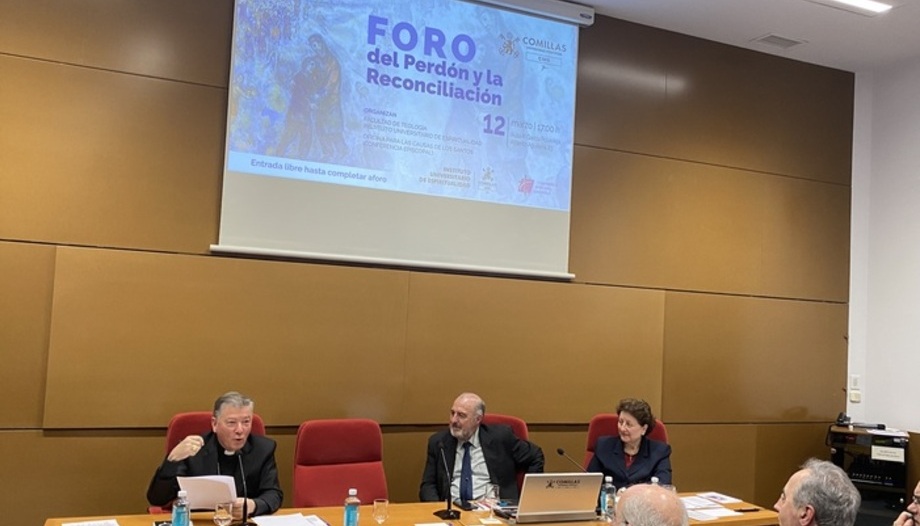





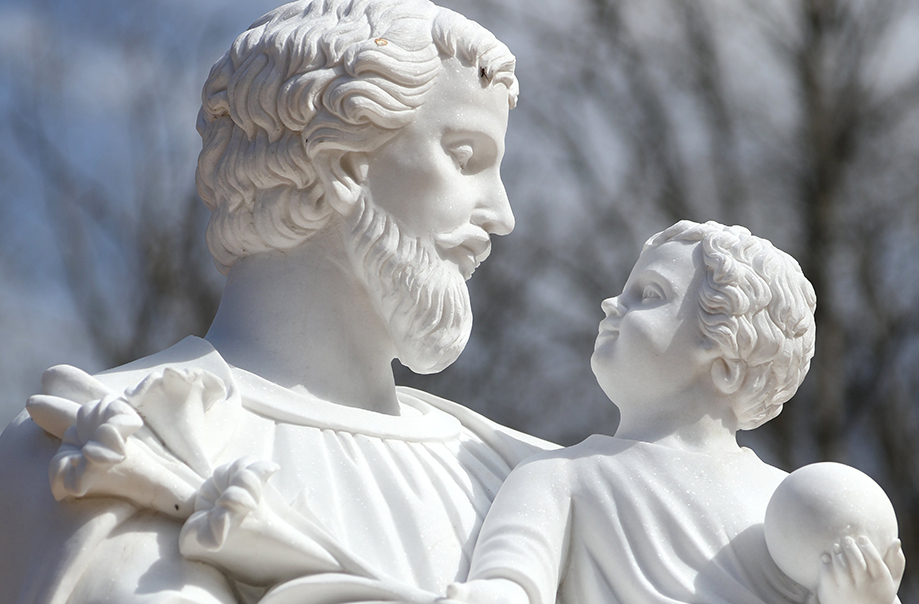


 Catholic scientists: Francisco Javier Balmis, promoter of smallpox vaccine
Catholic scientists: Francisco Javier Balmis, promoter of smallpox vaccine
